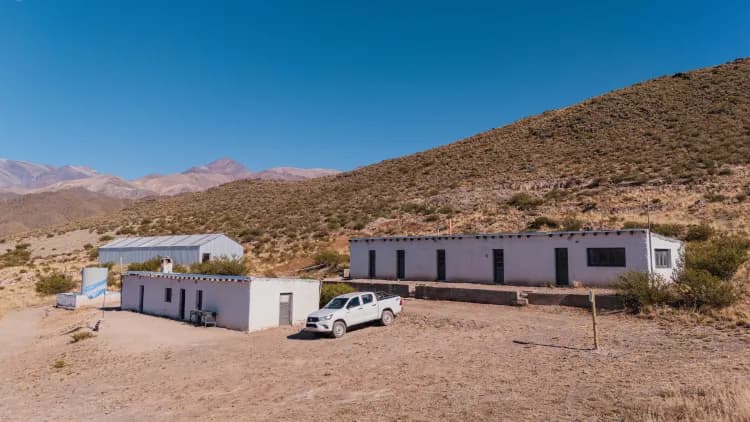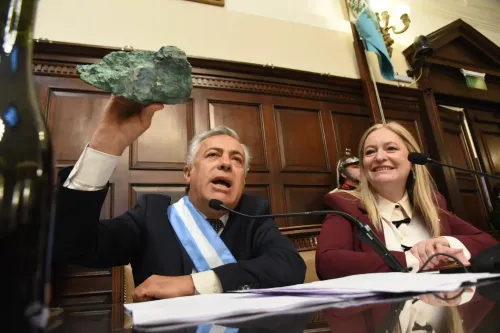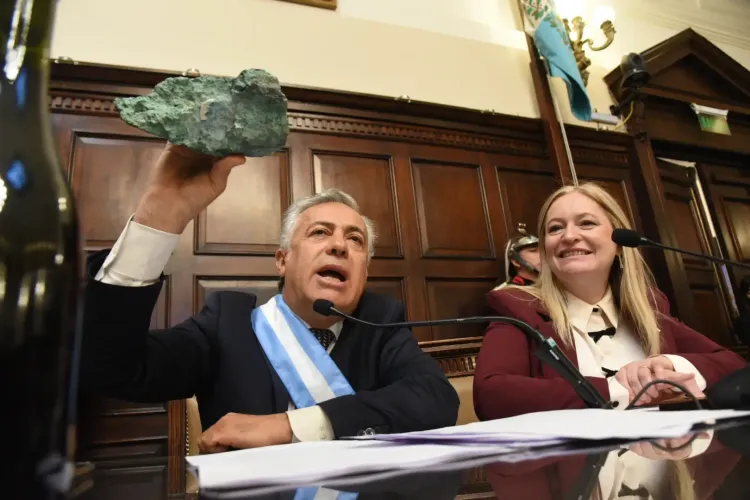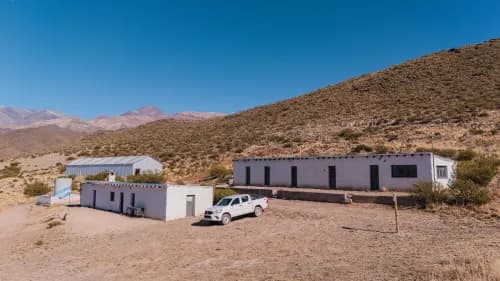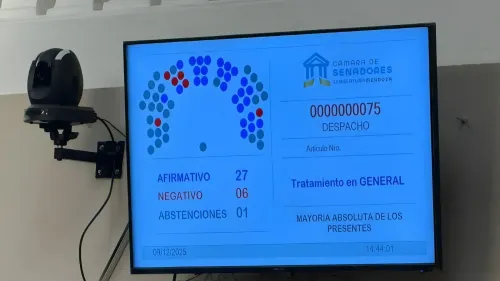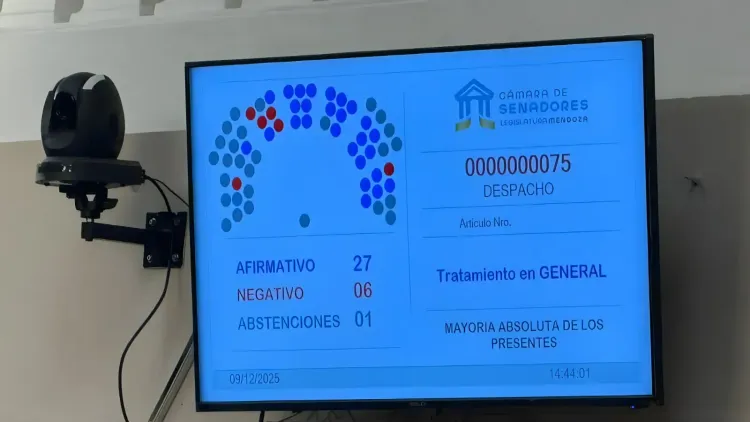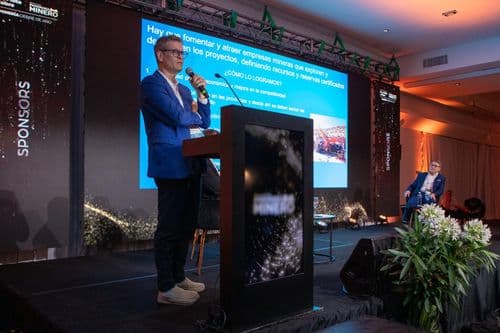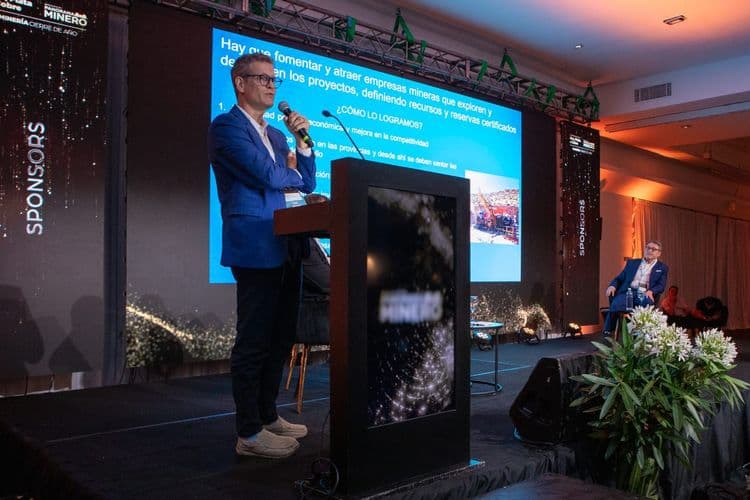Australian lithium firm Lake Resources has reported that its partner, Lilac Solutions, has unveiled improvements in its Direct Lithium Extraction (DLE) technology, aimed at facilitating the commercial-scale production of the lithium Kachi project located in Catamarca.
By Panorama Minero
The company highlighted that Lilac’s new fourth-generation ion exchange technology has identified cost savings of up to 50% related to the construction of DLE equipment to be used on-site. Additionally, Lilac has achieved lithium recovery rates of over 90% for most brines tested as part of its pilot trials.
These advancements have resulted in a reduction of up to 25% in the total cost of the DLE technology package and a 10% decrease in reagent consumption, positively impacting the project’s operating costs. As a result, Lake will assess the impact of this new data on the project cost estimates published on December 19 as part of the Definitive Feasibility Study (DFS) for the Kachi Project’s Phase One, which aims to produce 25,000 tonnes of lithium carbonate equivalent (LCE).
David Dickson, CEO and Managing Director of Lake, remarked: “The technological advancements and cost savings announced by Lilac are significant. Improvements in the technology, coupled with an increase in the lithium grade of the Kachi brine, could result in a reduction of the project’s total capital by up to 10%.”
Raef Sully, CEO of Lilac, added: “The industry has eagerly awaited commercially-scalable ion exchange DLE technology, which Lilac has successfully developed. We are excited about the cost savings and operational efficiency that our latest generation ion exchange technology brings. This advancement not only enhances lithium extraction efficiency but also boosts the sustainability and economic viability of lithium production.”
According to the company, the Kachi extraction plant has been conservatively designed with an assumption of 80% lithium recovery within the DLE process, as well as a design basis for a lithium concentration of 205 mg/L, compared to a minimum average of 245 mg/L across the reserve. “These conservative assumptions provide a significant opportunity to optimize the construction cost of the plant,” the company stated.
“Lake is pleased to have participated in the field demonstration of Lilac’s technology, and these cost savings are another welcome development. We look forward to continuing our work with Lilac at Kachi,” Dickson concluded.
Kachi aims to produce its first lithium in 2027 and reach full capacity by the end of 2028, delivering high-quality lithium carbonate for batteries (with a purity of over 99.5%) without the need for further refining or processing.



